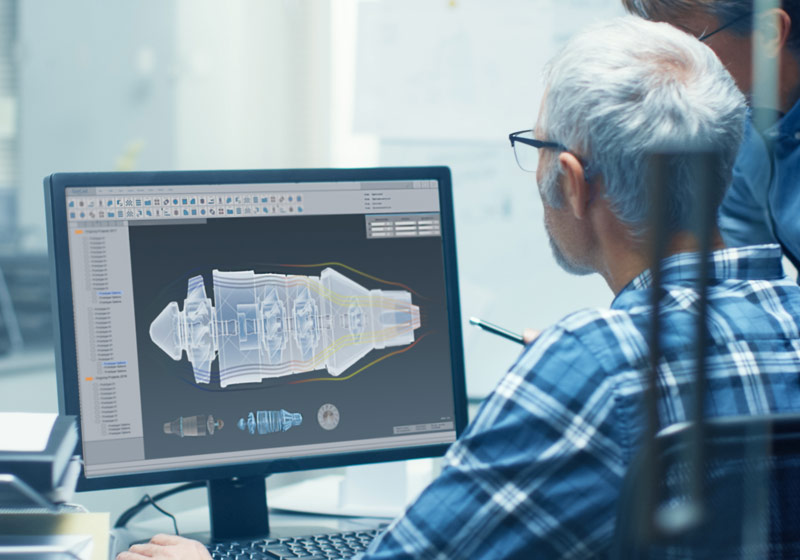Executive Summary
Generative AI is revolutionizing how militaries assess and counter enemy air defenses. By combining predictive modeling, real-time data fusion, and advanced simulation, AI-driven systems reduce analysis time from weeks to hours, achieving 85–95% accuracy in threat prediction. The result: faster, smarter, and safer mission planning.
The Modern Intelligence Challenge
Today’s battlespace moves faster than ever. Understanding enemy air defense systems — radar networks, SAM sites, and integrated air defense systems (IADS) — is critical for mission success and force protection.
Traditional methods rely on manual analysis of radar, signals, and human intelligence, often taking weeks to produce usable threat maps. In fast-moving operations, that delay can cost lives.
Key Limitations of Traditional Analysis
- Manual Bottlenecks: Analysts face overwhelming data from satellites, SIGINT, and HUMINT — taking 15–20 analyst hours per square kilometer of territory.
- Dynamic Threats: Modern SAMs move, radars shift frequencies, and networks adapt faster than static reports can track.
- Integration Complexity: Combining classified, tactical, and open-source intelligence remains a slow, human-dependent process.
The AI Breakthrough: Generative Threat Simulation
How It Works
AI-powered systems use generative models trained on historical engagements, known system specs, and doctrine to predict how enemy defenses behave — not just where they are.
Core technologies include:
- Generative Adversarial Networks (GANs): Create realistic threat scenarios from incomplete data.
- Reinforcement Learning: Models adaptive enemy behavior.
- Computer Vision: Automates radar and SAM detection from imagery.
- Graph Neural Networks: Map and simulate complex air defense networks.
Multi-Source Data Fusion
AI integrates data from:
- Satellite imagery and SAR data
- SIGINT intercepts and pattern analysis
- Open-source and commercial intelligence
- Historical conflict archives
This creates a continuously updating threat map, adjusting as new intelligence streams arrive.
Dynamic, Predictive Threat Mapping
AI-driven simulation replaces static charts with real-time, adaptive visualizations:
- Radar Coverage Zones: Account for terrain and atmospheric effects.
- Probabilistic Threat Rings: Show confidence levels in SAM engagement ranges.
- Vulnerability Corridors: Highlight safest ingress and egress routes.
- Adaptive Response Forecasts: Predict enemy reaction to friendly maneuvers.
Inside the Simulation: How AI Models Air Defenses
Radar System Simulation
AI models radar physics enhanced by machine learning to account for:
- Terrain and multipath propagation effects
- Adaptive radar counter-countermeasures
- Frequency changes and coordination across networks
SAM System Modeling
Generative AI predicts when, where, and how SAMs might engage, move, or reload by analyzing historical data and operational behavior — revealing vulnerability windows for safe mission execution.
IADS Network Simulation
Graph-based AI models replicate how command nodes and sensors interact, helping planners understand how disrupting one node can cascade through an entire defense network.
Operational Impact: Smarter, Faster Decisions
Mission Planning Optimization
- Evaluate dozens of flight routes in minutes
- Optimize strike, escort, and suppression packages
- Identify ideal timing for minimal threat exposure
- Generate contingency plans automatically
Electronic Warfare Integration
AI predicts how enemy radars respond to jamming, optimizing EW tactics and ensuring synchronization between kinetic and electronic attacks.
Force Protection
- Assess base and convoy vulnerabilities
- Plan safer personnel recovery missions
- Position assets for minimal exposure
Training and Simulation
AI-generated threats build realistic, adaptive training environments for aircrews and planners — enabling mission rehearsal and tactics testing without revealing classified data.
Implementation & Security Considerations
Security and Compliance
AI systems must comply with multi-level security protocols:
- Process classified data securely across domains
- Maintain algorithm transparency and explainability
- Protect against adversarial manipulation
Integration with Legacy Systems
Netray’s solution integrates with existing command, control, and mission planning tools, supporting NATO standards and ensuring interoperability across allied systems.
Validation & Verification
Models undergo continuous validation using real engagement data to maintain trust, accuracy, and bias mitigation — critical for defense-grade reliability.
The Future: Quantum & Autonomous Threat Modeling
- Quantum-Enhanced Analysis: Solve massive, multi-variable threat models at unprecedented speed.
- Autonomous Response Systems: Predict and counter enemy actions in real time.
- Commercial AI Integration: Leverage cloud-native and edge AI technologies for scalable, field-deployable threat analysis.
Conclusion: The Next Evolution in Defense Intelligence
AI-powered air defense simulation is more than automation — it’s transformation. By merging machine intelligence with human expertise, defense organizations gain unmatched speed, accuracy, and foresight.
Generative AI enables:
- 85–95% accuracy in threat prediction
- Near real-time intelligence updates
- Smarter, data-driven mission planning
As conflicts evolve, AI-driven threat analysis will become a strategic necessity, not an advantage. Defense organizations that act now will secure decisive control of the information battlespace.



